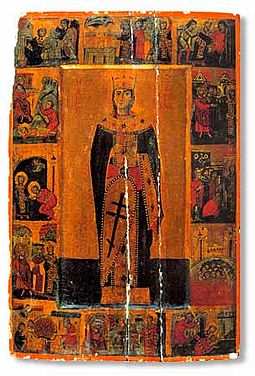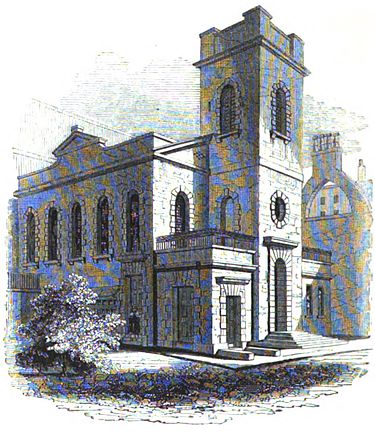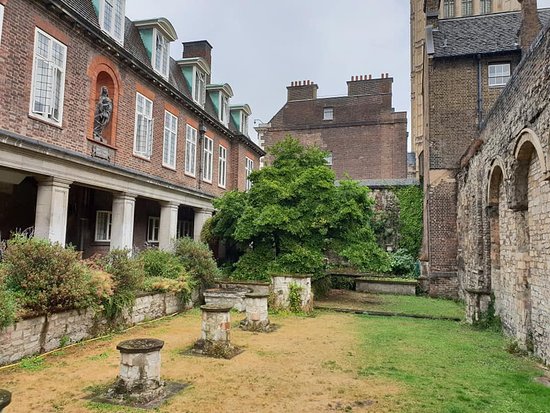
In the pantheon of horror that is the Saints’ martyrs’ calendar, St Catherine of Alexandria is very appropriate for, today, the UN’s International Day for the Elimination of Violence against Women.
Catherine was high-born, beautiful and learned. She disputed with pagan learned men against the worship of idols. She wiped the floor with them, and Emperor Maxentius had 50 of the learned men burnt alive for their failure to answer adequately.
Catherine was imprisoned where many people came to visit her and were converted to Christianity. The most illustrious visitor was the Emperor’s wife, Valeria Maximilla who was, herself, martyred. Then, the Emperor offered to marry Catherine, but she refused to abandon her faith, so he had her tortured. In prison, she was fed by the holy dove and had visions of Christ.
Her gaolers then tried to break her on a wheel, although the wheel broke, killing spectators with the splinters, she stood steadfast. Two hundred soldiers were converted to the faith on the spot. They were then beheaded, followed by Catherine herself. Milk, not blood, flowed from her severed veins.
The persecution in the early 4th Century was real, but it wasn’t driven by Maxentius, who came to power promising religious tolerance. But, following the accession of Constantine the Great, Maxentius’s reputation was blackened. There is no contemporary evidence for the events of Catherine’s life. There is a modern theory that her tale was conflated with the remarkable story of Hypatia of Alexandria (d. 415), a pagan and a real learned woman; The first female Mathematician we know any facts about. She was murdered by a rampaging mob of xenophobic Christians.
Catherine is remembered by the firework: the Catherine Wheel and is, of course, the patron of Philosophers, Theologians, and Royal women; young women, students, spinsters, and anyone who lives by a wheel: carters, potters, wheelwrights, spinners, millers. And, I imagine, Formula 1 drivers.
St Catherine in London

(Wikipedia: Robert William Billings and John Le Keux: The Churches of London by George Godwin (1839))
There are several Churches in London dedicated to St Catherine or St Katherine, dedicated to St Catherine of Alexandria. The one in Coleman Street, rebuilt by Christopher Wren and his team, was demolished in the 1920s. There was a Chapel to St Catherine at Westminster Abbey (c1160), the ruins of which are visible in St Catherine’s Garden. I would guess that St Katherine’s Dock and St Katherine’s Cree Church are also so dedicated, but cannot as yet find a dedication for either.

First published on 25th November 2022. Revised and republished 25th November 2023
Discover more from And Did Those Feet
Subscribe to get the latest posts sent to your email.

Sainte-Catherine, for the Catholic Church is the patroness of unmarried young women.
So, in France, there is a traditional parade, on November 25th, of 25 year old young unmarried young women, followed by the election of a Miss…
They are called ‘Catherinettes’ and wear large colourful hats.
It’s called ‘coiffer Sainte-Catherine’
‘coiffer’ means put on (a hat)
Now more folklorical than traditional, as unmarried young women 25 years of age certainly outnumber married ones nowadays!
That’s interesting. I imagine the same was true in medieval England but I have not see any references to it.